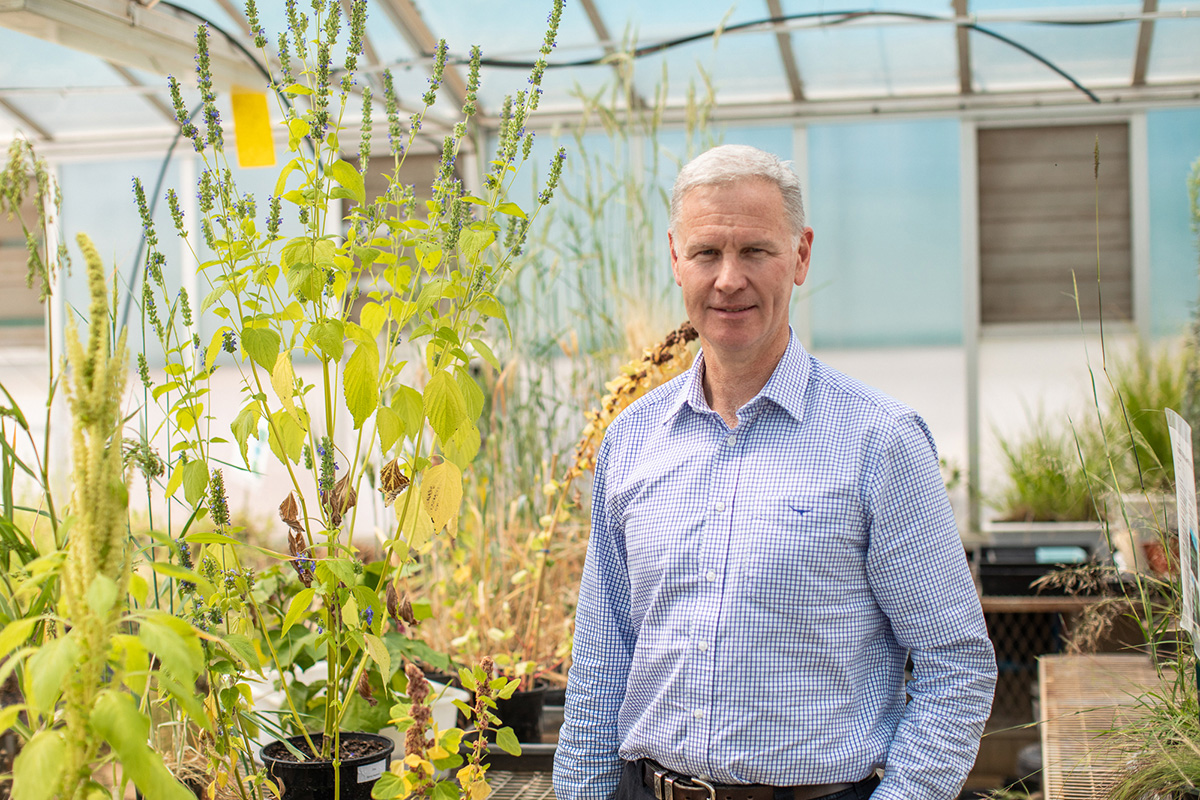Why is it important for food and fibre producers to look to the future?
Taking a closer look and making forecasts based on trends is a way to provoke conversations and give people a real sense of the emerging future landscape. It’s only then that we can really consider the opportunities and risks that exist within the agricultural system and all along the value chain.
What we see when we look ahead is that thanks to an intersection of significant forces from both within and outside the agriculture sector, we’re going to see drastic changes to how we produce, consume and use food and fibre over the next 10 years.
What are the significant forces that going to shape the future of our sector?
The report identified a range forces from environmental changes to technological developments, and new infrastructure. The first is that the food system is becoming increasingly susceptible to intentionally misleading, incorrect information. The next is that rapidly maturing digital technologies and infrastructure bring new opportunities to agricultural supply chains. Thirdly, distributed energy production becomes easier than ever with advancements in renewable and alternatively technologies. Next up is the transformation of the natural and the built world thanks to synthetic biology. And last, but by no means least, is how the effects of climate change will define a new era of uncertainty.
What does it mean for the future of the food we produce and eat?
The research suggests that one of the things we’re going to see is a future of food that moves beyond conventional categories. We’ve only ever had food where the flavour, the nutritional elements and the physical form are more or less inseparable. That is to say, a banana tastes like a banana, is made up of a banana’s molecular components, and looks like a banana.
Today, however, we are beginning to see the boundaries of traditional food products and the categories blur with the rise of blended products. These are food whose inputs are mixed to meet the messy array of consumer demand – like a latte made from half cow’s milk and half almond milk that caters to someone’s health, taste and environmental concerns.
How is this blurring of the boundaries of food happening?
Advances in gene editing and biological programming over the next 10 years will completely disrupt the boundaries of food. Cultured meat, customised molecular production, 3D printing, and powerful artificial intelligence will allow companies to use various inputs to design products that look like one thing, taste like another, and have a tailored nutritional profile.
It’s not only the food itself that will be different in the future. We are going to see changes in the next decade to everything from regulations around food safety and standards, to nutritional guidelines, to the layout of grocery stores, to marketing and communications.
Everything we have built our definitions and classifications of food on is on the verge of disruption, and the one thing we know for sure is that it’s going to be exciting to be a part of.









